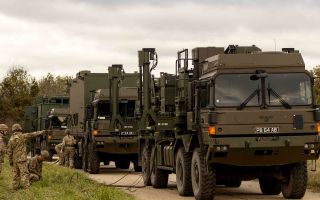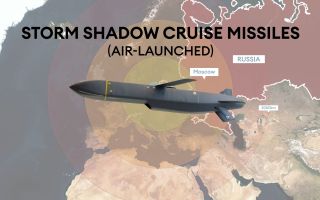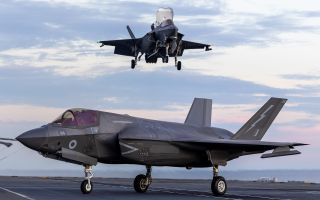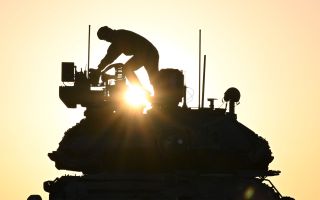Precision, deception and silence: Midnight Hammer, the surprise strike on Iran
Precision, deception and total radio silence.
That is how the US pulled off one of the most complex air operations in decades.
Operation Midnight Hammer was the largest operational B-2 strike in US history, and it may have gone completely unnoticed by Iranian defences.
Here is how Washington did it.
Just after midnight on Friday 20 June, a large formation of B-2 bombers took off from Whiteman Air Force Base in Missouri.
This is when the deception started: a decoy force headed west out over the Pacific, while the real strike force flew east in total radio silence.
This group, made up of seven B-2 Spirit bombers, each with a two-person crew, was on its way to Iran.
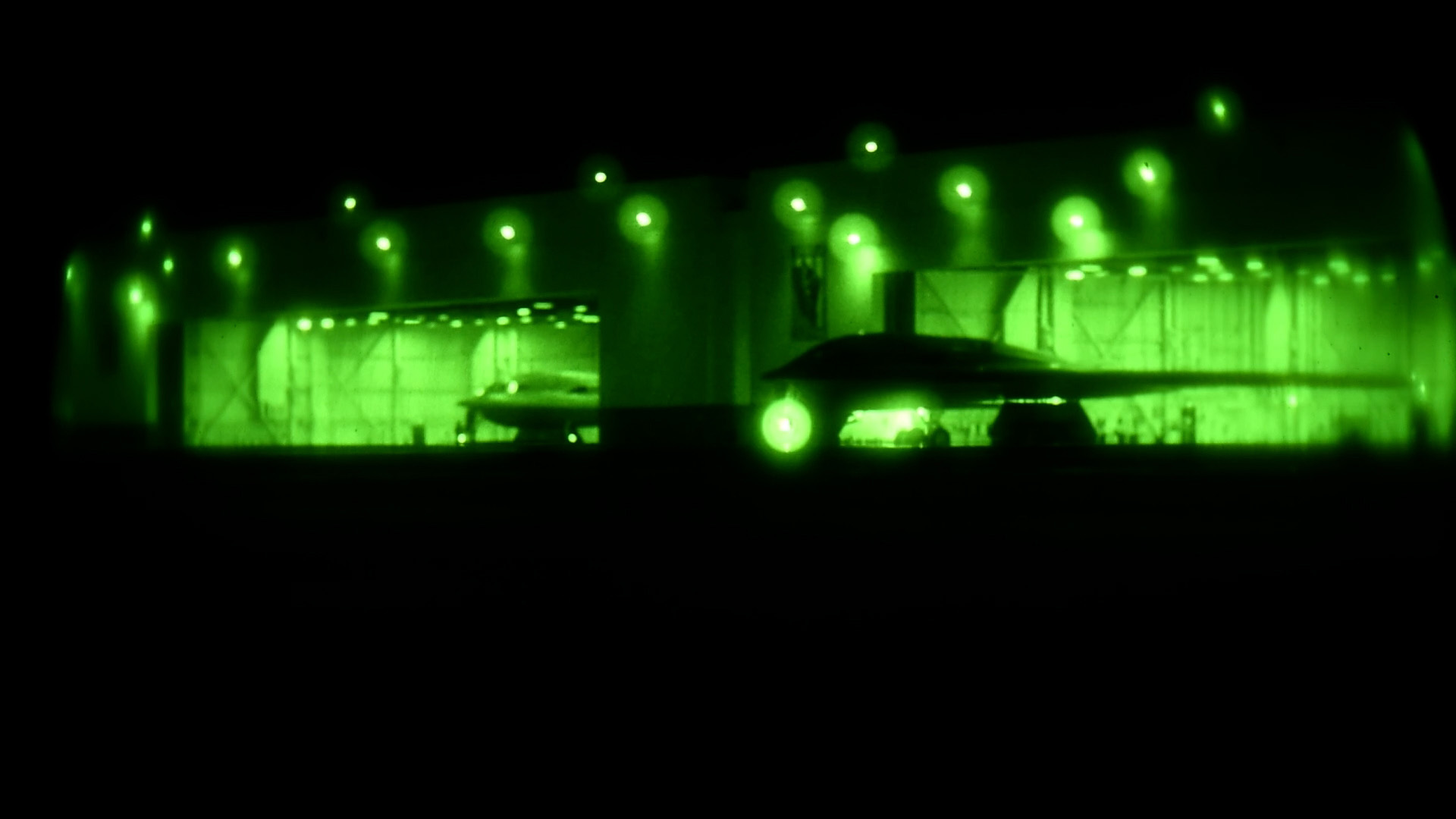
Hidden in plain sight
Military pilots can choose whether they switch on a transponder detectable to civilian trackers or instead use a military grade transponder, which keeps them hidden.
There are so few B-2s in operation – just 19 – that their movements come under a lot of scrutiny, so the decision to send B-2s loaded with bunker buster bombs to Guam was designed to draw the focus of interested watchers away from the stealth force bound for Iran.
It is thought that the tankers involved in refuelling the Iranian-bound B-2 on their 18-hour journey would have also been dark and hidden from view.
As the B-2s came in over land, they had to link up with escort and support aircraft in the narrow corridor between Jordan, Israel, Syria and Iraq.
The total force of more than 100 aircraft had a tight time window and a tight geographical space to get into formation, all in radio silence.
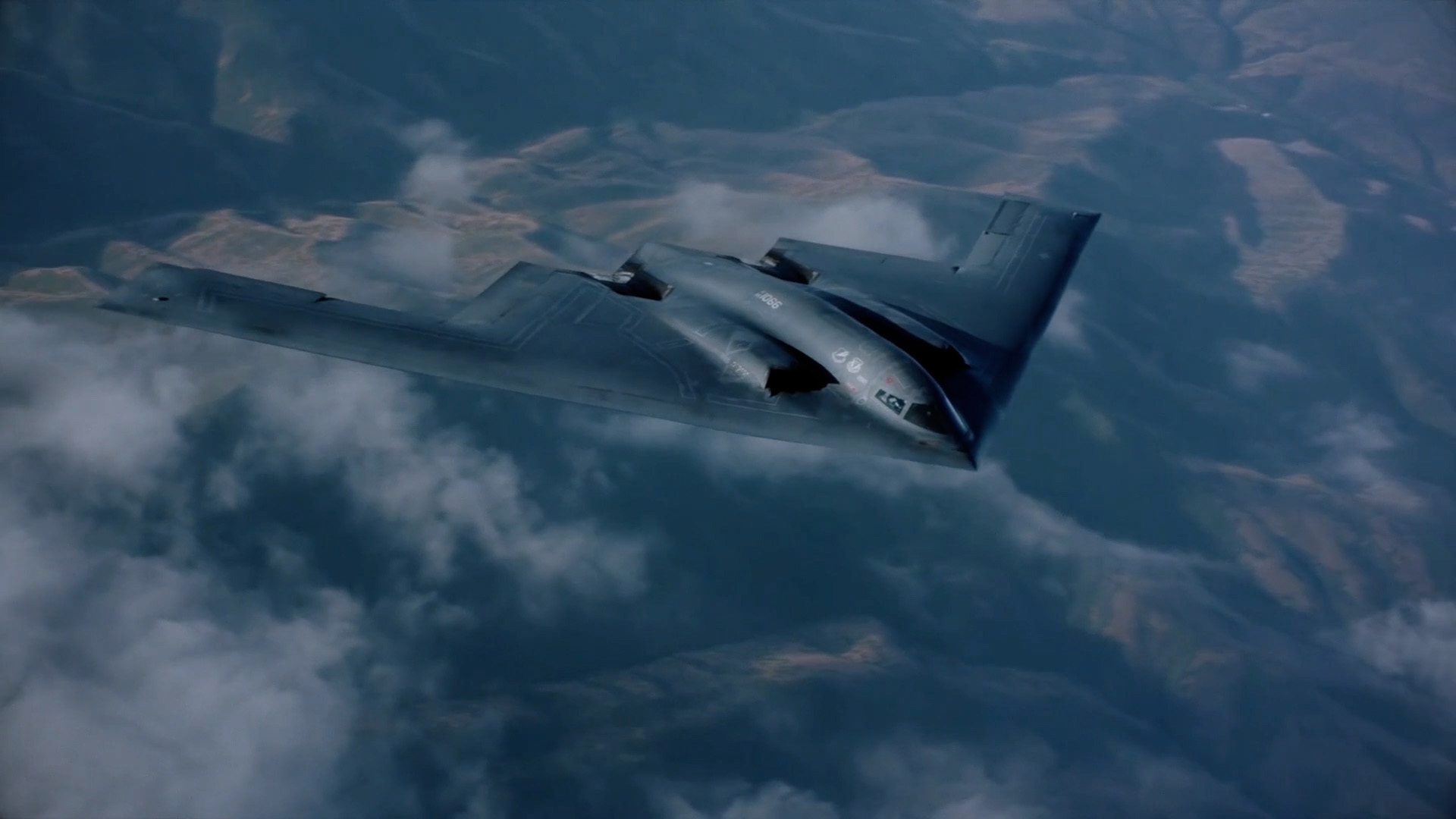
Submarine missile launch
Then, just before the B-2s reached Iran, a US submarine in the Arabian Gulf launched more than two dozen Tomahawk cruise missiles. These were aimed at key infrastructure targets near Esfahan.
Deception and entry to Iranian airspace
As the B-2 strike force entered Iranian airspace under the cover of darkness, the US used several deception tactics.
One of these involved pushing decoy aircraft ahead of the bombers – fast-moving, high-altitude jets, probably F-22 Raptors, F-35s and F-15 Eagles.
These go all in guns blazing to effectively kick the door down, flush out the enemy and keep the B-2s safe.
The precision timing here is essential. The jets went in to take out enemy radar and any defences with potential to hit the high-value B-2s.
But if they went too early, the radar could pop up again as the bombers come in. Go too late, and they would have got in the way of the B-2s dropping their bombs.
As they neared their targets in Fordow and Natanz, the strike package launched high-speed suppression weapons, while fighter jets delivered pre-emptive fire against any remaining threats from Iran’s air defences.
Bomb drop
At around 02:10 Iranian time, the lead B-2 dropped two GBU-57 Massive Ordnance Penetrators, bunker-busting bombs weighing 30,000 pounds each, on the Fordow site.
The rest followed quickly. In total, 14 MOPs were dropped across two key nuclear facilities. Between 02:10 and 02:35, all three of the intended nuclear infrastructure targets were struck.
The Americans say it will take time to work out the extent of the damage, but they believe "initial battle damage assessments indicate all three sites sustained extremely severe damage and destruction".
Once the bombs were dropped, the aircraft turned and left Iranian airspace.
According to US officials, there were no intercepts, no surface-to-air missiles fired and no Iranian jets scrambled.
The stealth worked.
In total, the strike involved more than 125 US aircraft and hundreds of operational personnel and support staff. Around 75 precision-guided weapons were fired, not least the first-ever combat use of the GBU-57 MOP bomb.




